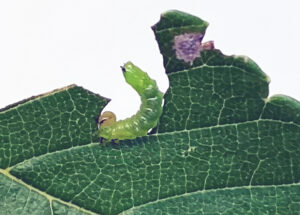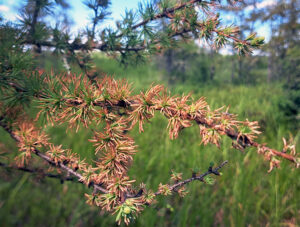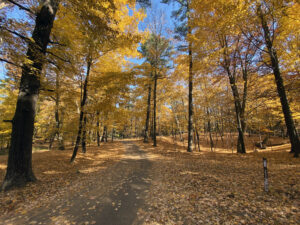
Fall colors set a trail at Sheboygan’s Kohler-Andrae State Park ablaze in 2021. / Photo Credit: Bill McNee, Wisconsin DNR
By Art Kabelowsky, DNR Forest Health Outreach and Communications,
Fitchburg; Arthur.Kabelowsky@wisconsin.gov, 608-335-0167
Once again, it’s time for nature’s majestic paintbrush to spread its magic across Wisconsin.
Many of the state’s trees have begun to show off their amazing fall colors, brightening the view for state residents and visitors everywhere – from the restful resplendence of our urban areas and state properties to the drive-by dazzlement of our tree-lined country roads.
“It’s a brilliant and colorful display,” said Scott Lyon, leader of the Wisconsin Department of Natural Resources Forest Products team. “The Badger State is home to many deciduous hardwood species which change colors and lose their leaves as the seasons change, including maple, oaks, hickories and aspen.”
Continue reading “Take In Wisconsin’s Beautiful Bounty Of Fall Colors”

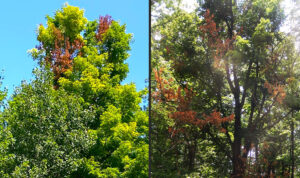
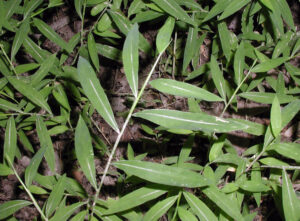
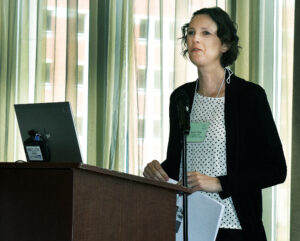
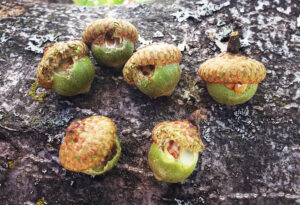
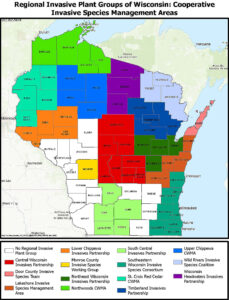 When it comes to fighting invasive plants,
When it comes to fighting invasive plants, 